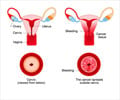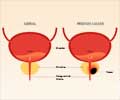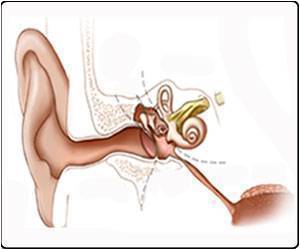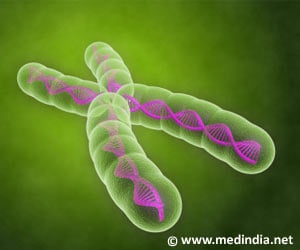A way to help proteins such as the new generation of protein-based drugs get past the biochemical Entrance Forbidden barrier is being reported by scientists.
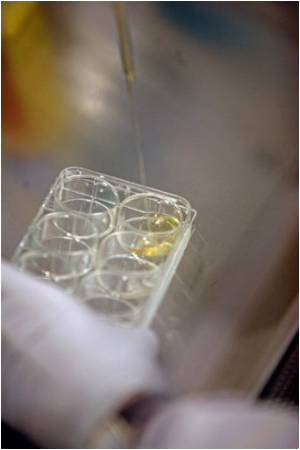
In the report, David Liu and his colleagues describe the difficulty of delivering proteins from the outside of mammalian cells into their interiors. For that reason, nearly all of the blockbuster drugs that are proteins must do their work on the exterior of cells, activating receptors that send signals to the interior. This constraint greatly limits the scope of protein-based drugs. Liu's solution: Attaching proteins to molecules of "supercharged" green fluorescent protein, which they mutated to give it a very high positive charge. When the hybrid proteins bump into the surface of a cell, they get pulled inside by negatively charged molecules called proteoglycans.
Liu and his team tested the hybrid proteins on five types of cells, and found that they were extremely good at carrying their protein cargo inside. In fact, the supercharged protein was up to 100 times better at getting proteins into cells compared to other approaches. The delivered proteins were able to go to their target locations in the cell, such as the nucleus or cytoplasm, and perform their jobs. "To our knowledge, this is the first report of functional delivery of an enzyme into retinal cells in vivo," the researchers state.
Source-Eurekalert



